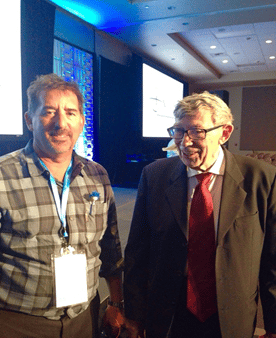
In October, we attended the International Association of Physiological Advancements (IAPA) Annual Conference. It’s three days of courses in Las Vegas, hosted by the Las Vegas Institute. Some of the courses offered this year were: environmental toxins and how to detox, the physiological approach to orthodontia, the effects of artificial and natural sweeteners, and disordered breathing in children. We accrued over 36 hours of continuing education!
One area of study that is very interesting to me is disordered breathing in children. Dentists are best equipped to deal with sleep disorders in children because we understand the ramifications of mouth breathing. In a perfect world, your tongue acts like natures palette expander. In sleep, and during the day, the lips should be closed, teeth apart, with the tongue on the roof of the mouth. The upper arch then makes space for the tongue, resulting in nice, wide arches and a nice open airway.
However, many children (and adults!) breathe through their mouths. This can be due to allergies or enlarged tonsils and/or adnoids. These issues can create obstructed airways. Airway obstruction is the reason why, in some cases, Dr. Adler recommends children see an ENT specialist before starting braces.
When children mouth breathe, their tongue rests in between their lower teeth and not their upper. This causes narrow arches and crowding of the teeth. Crowding of the teeth is typically why parents come to see us about braces. However, narrow arches can indicate a bigger problem than just crowded teeth. Kids that are mouth breathers aren’t getting the proper oxygenation and sleep that they need. This can manifest into behavioral issues during the day; lack of focus, excessive sleepiness, irritability, and decreased cognitive ability. In fact, one of the classes we attended made and argument that ADD is actually being misdiagnosed. In some cases, it could actually be sleep deprivation.
The most comprehensive approach for children mouth breathe is a combination of appliances, orthodontics, and myofunctional therapy. In some cases, Dr. Adler will also recommend seeing an ENT, to potentially have the tonsils removed. If you notice your child is a mouth breather, the best approach would be to give us a call, and have Dr. Adler see your child for an evaluation.

Christian Guilleminault did a presentation about how children born premature were more likely to develop sleep issues later in life. He is an expert in children sleep disorders and works with Stanford School of Medicine. His research has contributed greatly the understanding of sleep apnea in children.

